Like the idea of growing tasty, nutritious salad greens on your windowsill, all year round? Microgreens are the ideal choice, as they can be grown very easily indoors in small containers.
When most people think of microgreens, varieties such as cress typically spring to mind. But there is actually a wide range of different microgreen types to choose from. This means there’s something for everyone. And if you’re looking for a new indoor gardening project, microgreens offer an opportunity to grow all kinds of interesting things.
Read on to find out more about the wonderful world of microgreens.
What can you grow as microgreens?
Microgreens are actually quite a broad category of plant. They’re essentially young seedlings of vegetables and herbs, making it possible to grow smaller versions of larger veg or stick to naturally smaller varieties.
Below, we run through all the main kinds of microgreens you can grow at home, from salad leaves to herbs and even baby vegetables. In each case, the exact instructions on how to grow your microgreens may vary slightly - but the broad strokes of sowing microgreens are simple and easy to follow.
Small-leaved salad vegetables
Cress is one of the most popular of the small-leaved salad vegetables grown on the kitchen windowsills. It’s easy to see why, as it’s super simple to grow. If you’re looking for a gardening project for children, cress is a winner.
Once harvested, cress has a pleasantly peppery and tangy flavour, which works brilliantly in salads (as well as egg and cress sandwiches of course!).
You can also experiment with other small-leaf plants, such as colourful and peppery mustard microgreens for example.
Larger-leaved salad vegetables
It’s also possible to grow your favourite larger-leaf salad vegetables as microgreens. For example - lettuce, rocket, kale or spinach.
By harvesting the leaves of these plants when they’re just young seedlings, you’ll get a regular supply of tasty greens. The leaves may be small, but they’re tender and mild-flavoured. There’s also the nutritional boost of eating seedlings, which are known to have more concentrated nutrients. This means more vitamins and minerals for you.
The benefit of growing larger-leaved plants as microgreens is you can do it all year round. You’ll have fresh, healthy and tasty greens even if you don’t have access to the garden, or the cold weather makes it impossible to grow full-sized plants.
Herbs
Herbs make excellent microgreens, and they’re also very happy growing on your kitchen window sill. Popular choices include basil, thyme, chives, coriander and rosemary, but you can always experiment with other varieties. Why not try red leaved basil to add some colour to your salad?
Greens from other vegetable varieties
Did you know that you can also grow microgreens from some other vegetable seeds such as carrots, beetroot or chard? You don’t need to grow the actual vegetable though. To save you space on your window sill, you simply grow the tasty little shoots.
Some of the best examples of these kinds of microgreens are Chard bright Lights microgreens. They have the same flavour as chard, as well as attractive red and yellow coloured stems.
Similarly, carrot microgreens have an intense carrot-like flavour. These feathery leaves can be added to everything from soups and stews to salads, and work particularly well in pestos. What’s more, they’re packed full of vitamins and antioxidants.
Baby vegetables
Lastly, we have microgreens that come from the seeds of other baby vegetables. A great example is baby broccoli plants, which you’ll harvest once the seedlings are no more than a few centimetres tall. You’ll be amazed at how much they taste like broccoli, but without the bitterness of the full-grown vegetable. They have an appealing texture and can be added to any meal. Also, they’re nutritious and easy to grow.
Another popular choice is pea shoots, which you may have spotted on restaurant menus. Pea shoots can be grown easily at home from a number of pea varieties, and have a fresh, slightly sweet taste with a very mild pea flavour.

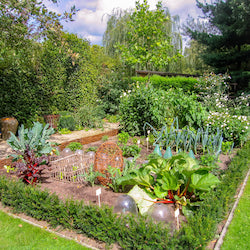
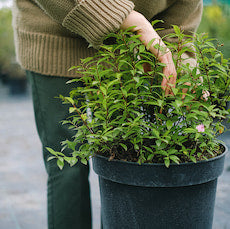
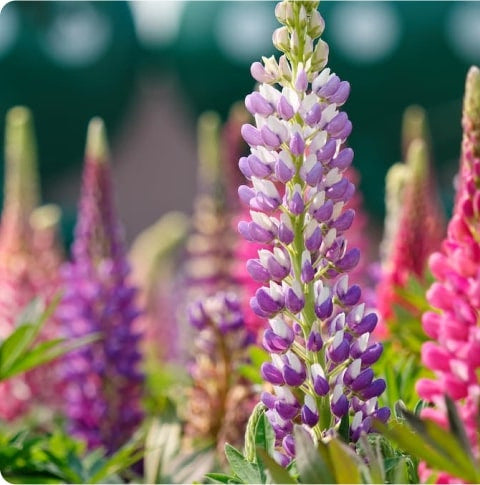


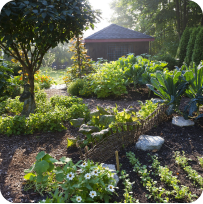





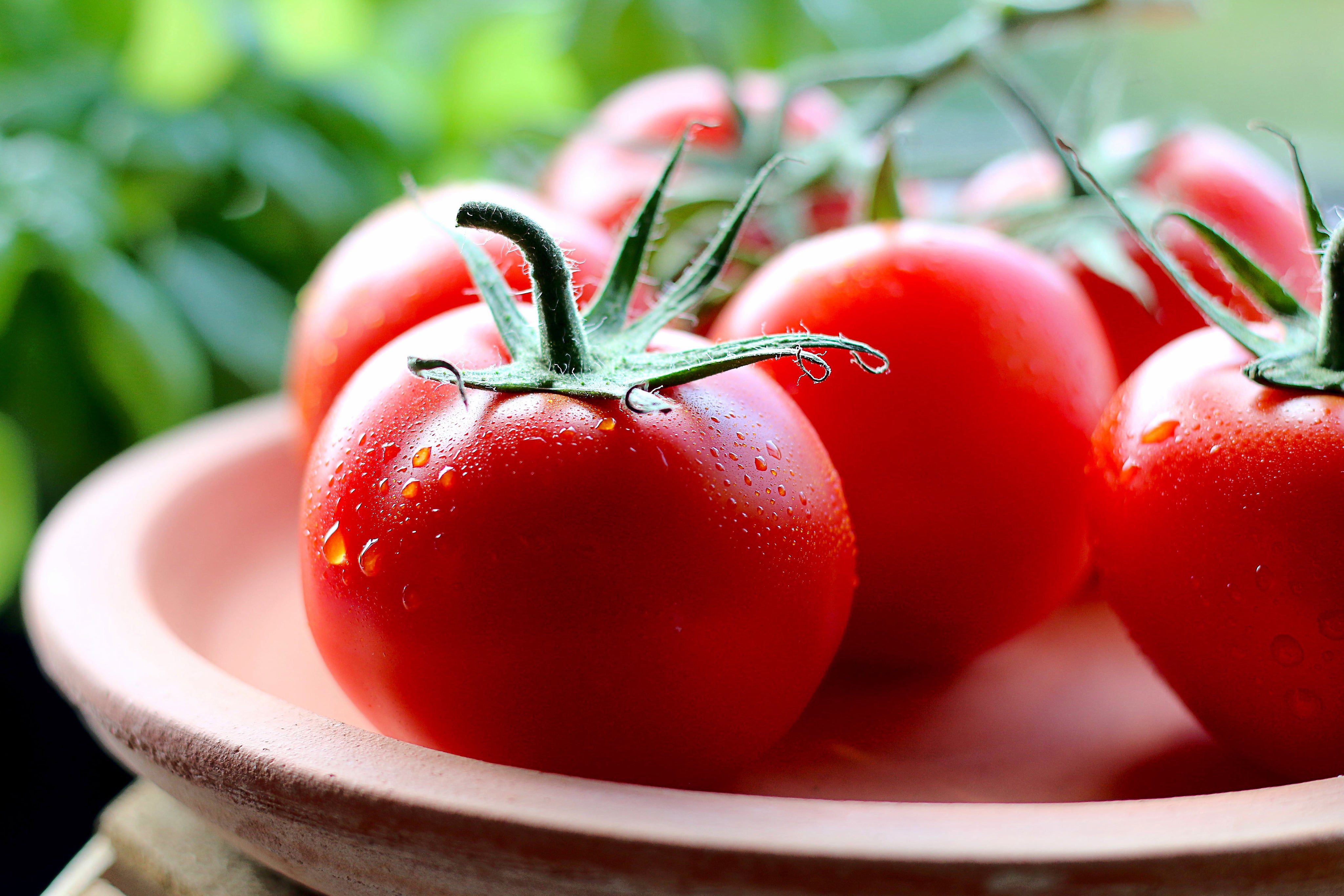

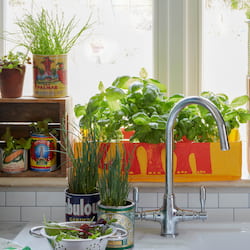
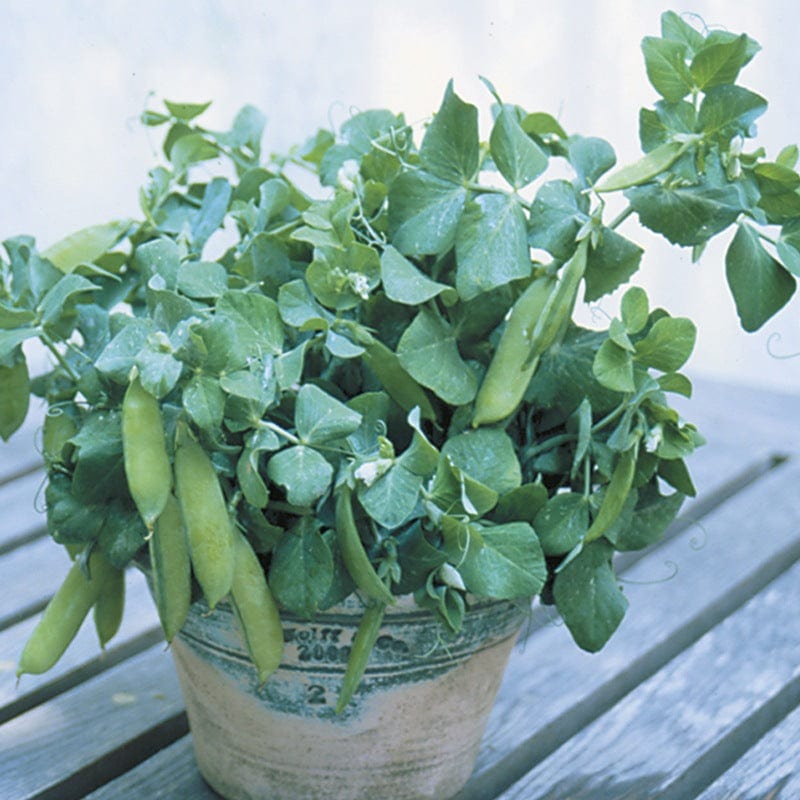


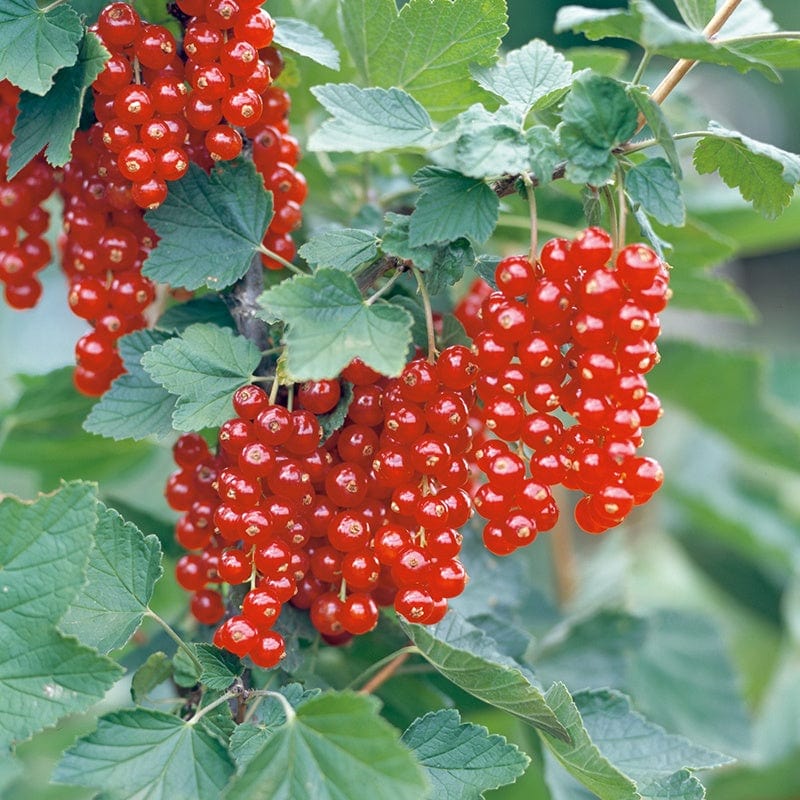
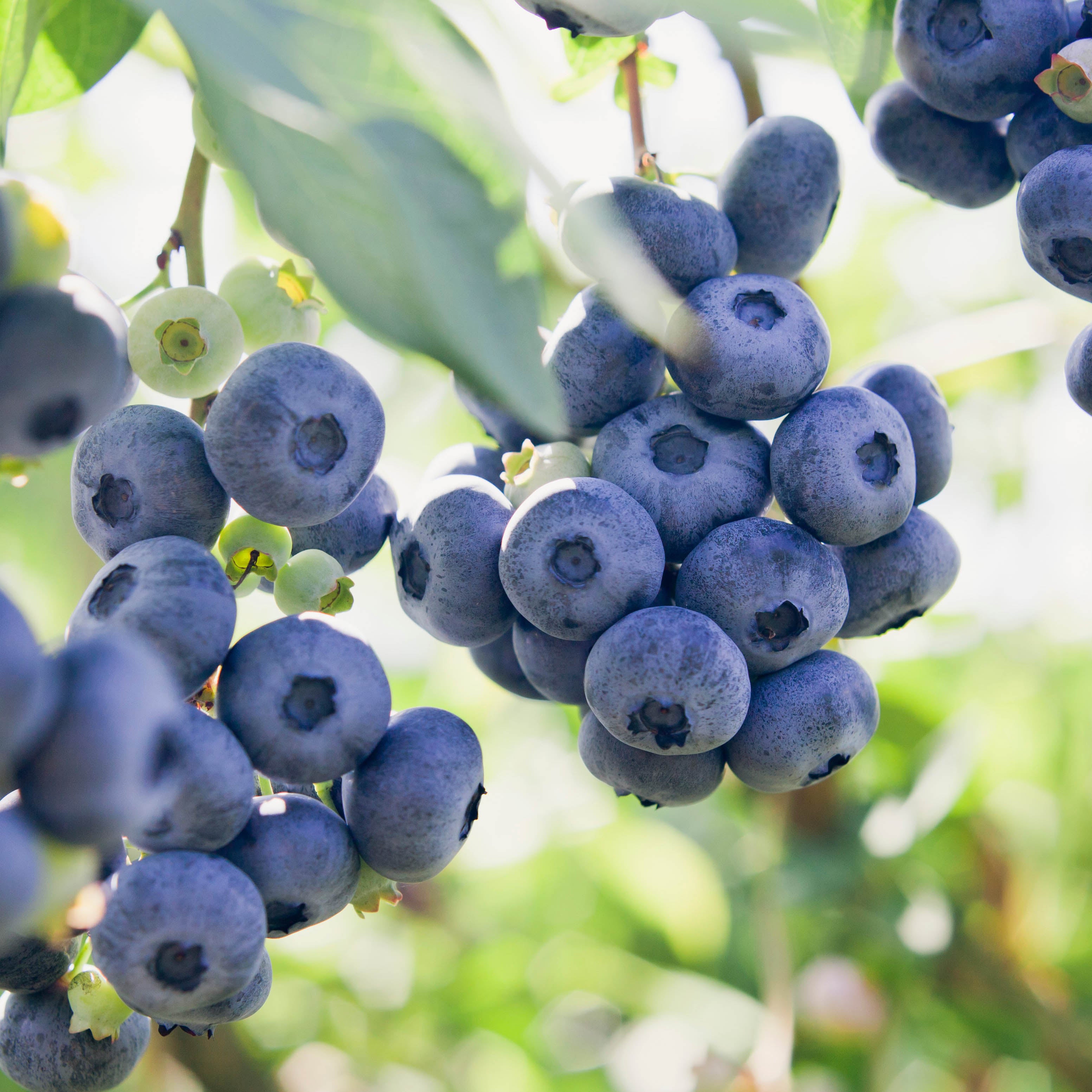
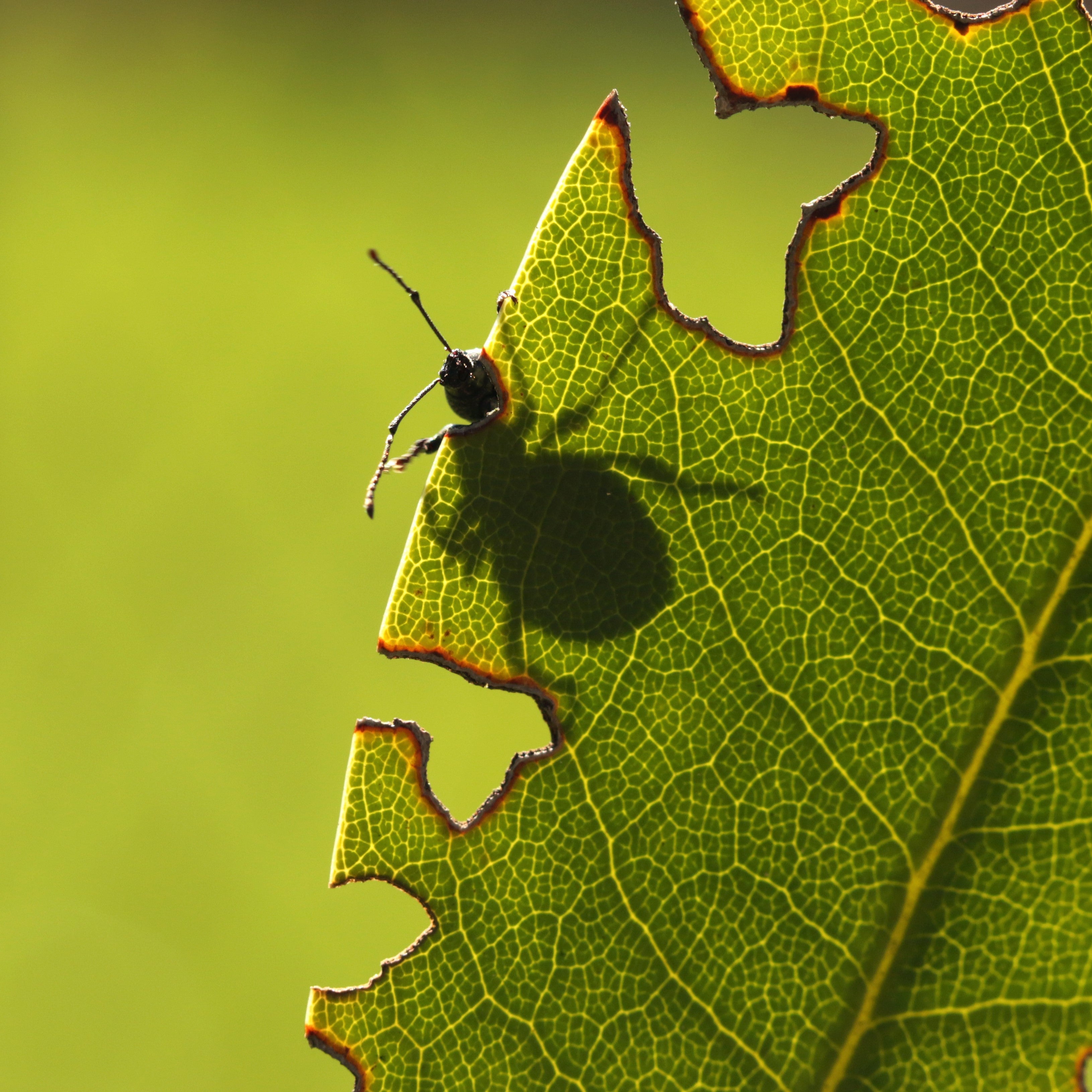

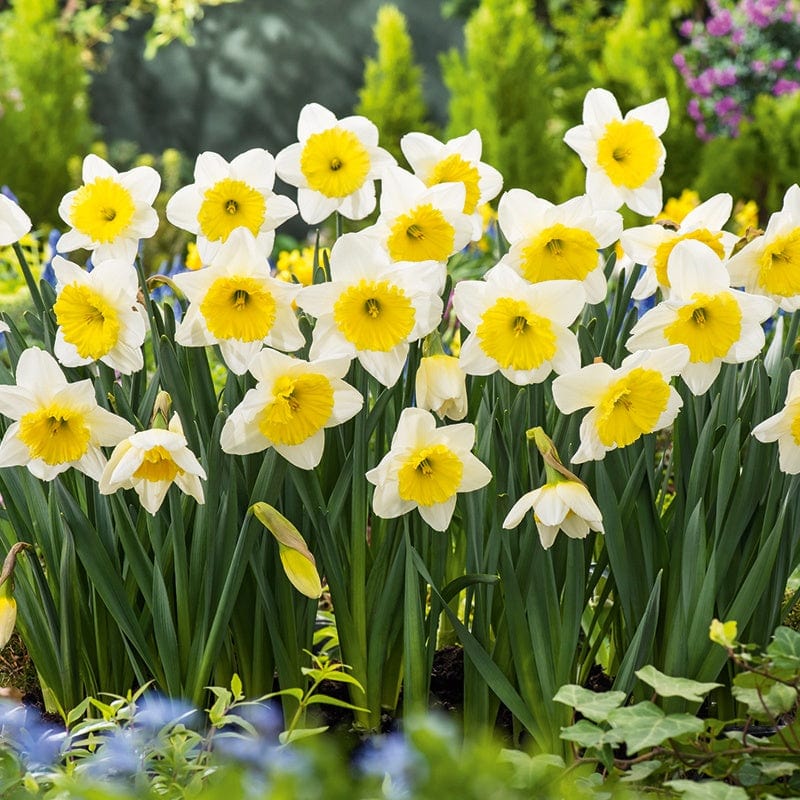
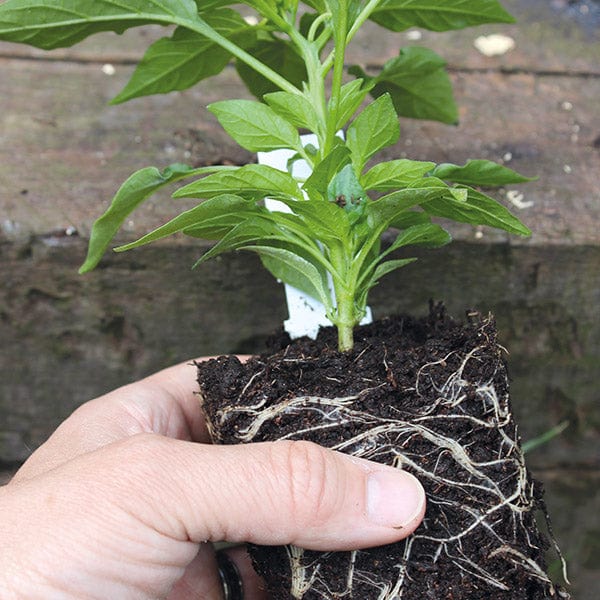
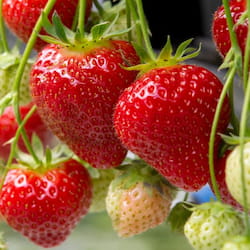
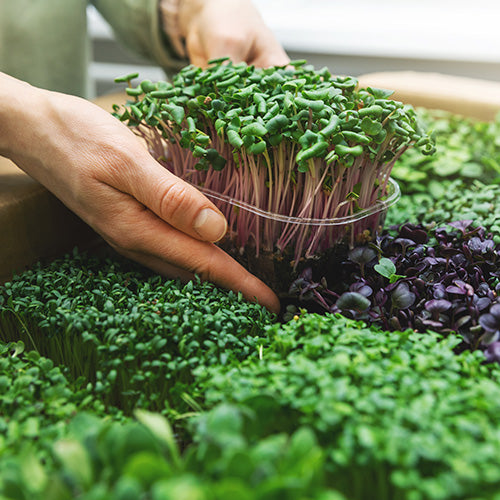
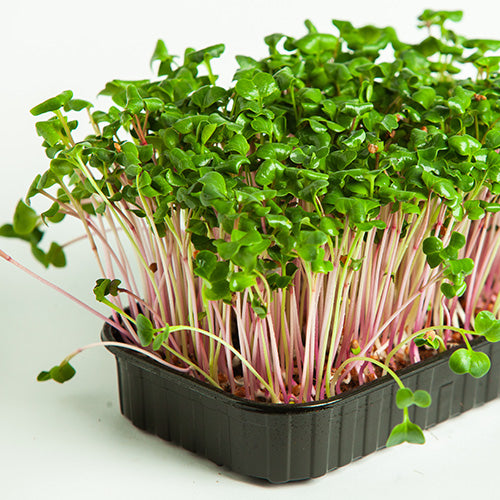
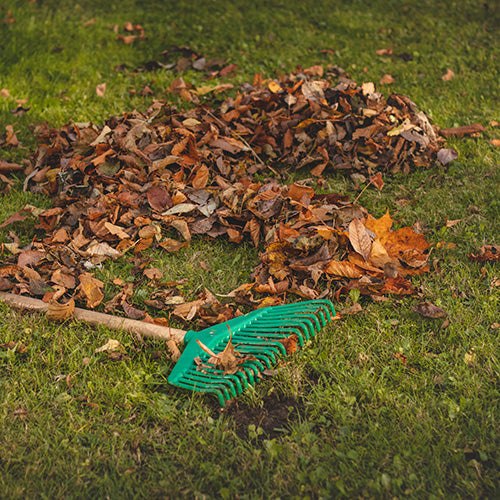
Leave a comment
All comments are moderated before being published.
This site is protected by reCAPTCHA and the Google Privacy Policy and Terms of Service apply.